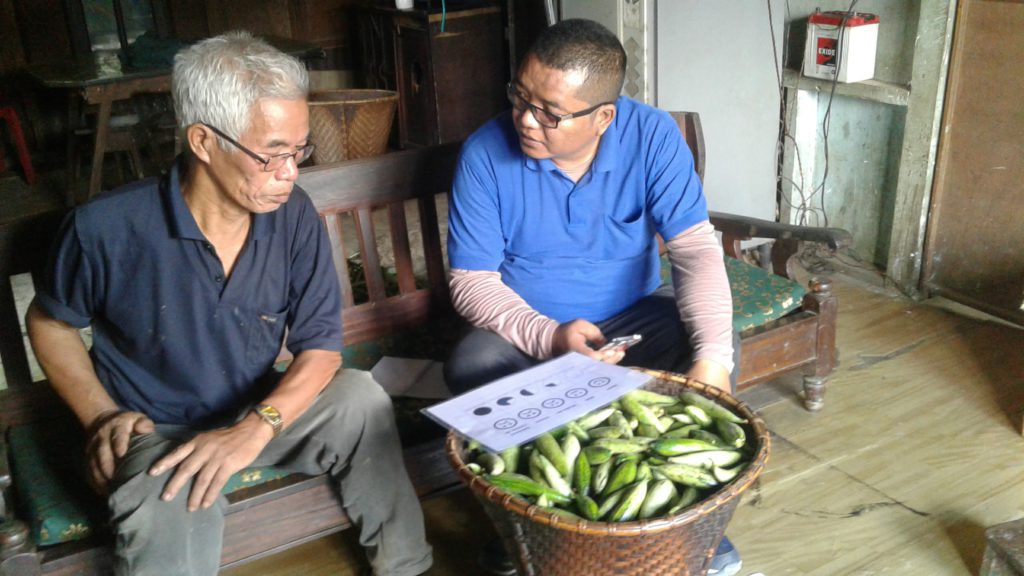
Traditionally, Mizoram’s hilly terrain poses many challenges in terms of accessing eye care services. Even getting access to basic health services is sometimes difficult. In such a situation, people often tend to ignore their health conditions and fail to seek treatment in a timely manner. Mission for Vision (MFV) is moving forward to provide eye care services in the districts (Aizawl, Kolasib and Lunglei) of Mizoram in collaboration with Synod Hospital since 2015. Here are some challenges and potential solutions that could address this issue effectively.
Bad roads and Proximity
Majority of people who come for treatment at the hospital are from nearby villages. In order to receive this footfall, the staff from our partner hospitals have to invest around one week in the villages to screen the patients and make them aware of the eye hospital closest to them. Though these staff members reach the location, the long duration of travel teamed with bad roads prevents them from returning the same day. Particularly during monsoons, road connectivity to the villages is far more difficult. Lot of mud and slippery roads makes it a very uncomfortable journey overall. According to Mr. Muana, a project staff “We need to repair our vehicles quite frequently. Patients are not comfortable to visit the hospital and get treatment due to very bad road conditions in some villages”. Both service providers and beneficiaries face the same hard situations. Inspite of such difficult conditions, some patients still travel to seek treatment if they are counseled properly. Sometimes, these patients even travel more than 200 kilometers to get their eyes treated. This has been possible only with the able support of our partner hospitals and also the local ASHA workers, CBOs and volunteers who play a critical role.

Lack of Transportation
Lack of public transport in some of the villages is another big challenge in these regions. Those who are willing to visit the hospital for getting treatment are not able to reach mainly due to poor transportation. In order to address this situation, MFV along with partner hospitals provides transportation facilities to increase the uptake of services. According to the project team “We need to go by foot in some villages in the rainy season to conduct eye screening camps followed by review camps”.
Poor Economic Conditions
This is one of the main reasons why people do not come to the hospital. Most of the villagers have financial difficulties and it is hand to mouth situation every day. Though farming is their main occupation, it does not yield great returns as the production rate is very low in hilly areas. With such prevailing conditions, health is always the last item on the priority list. Travelling to the city for treatment also involves a lot of costs, so they often end up adjusting with their current condition no matter how bad they are. To cope with the situation, MFV covers their treatment costs, medicines and even provides free transport facilities via the partner hospital.

Lack eye health resources and service providers
Another issue that is often a huge hurdle in delivering eye care services is the lack of service providers. This is a common problem in most villages and the people in these remote areas are alien to the concept of screening, let alone treatment or surgery. To deal with this situation, MFV initiated its “Mission Jyot” programme by establishing a Vision Centre at Lunglei district of Mizoram. MFV also aims to set up more Vision Centres in these hard-to-reach locations so that maximum people can benefit from these services and we are able to eradicate avoidable blindness and restore the gift of vision for all.
About the Author: Amit Mondal leads programme impact efforts at Mission for Vision in east and northeast regions of India. He plays a key role in project evaluation, impact assessment, implementation of research projects, assessment of programme deliverables and management of impact assessment team.

